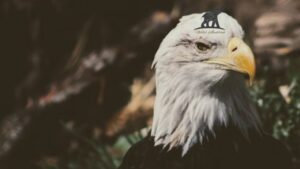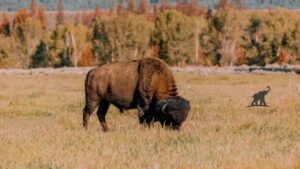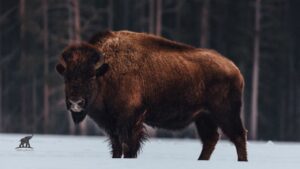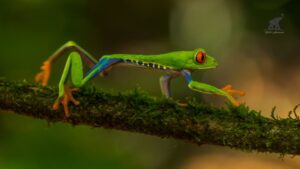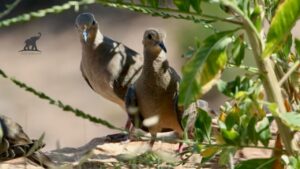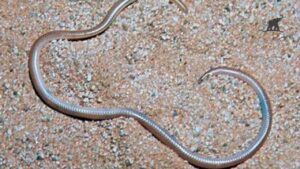There’s something universally heartwarming about seeing a cute sloth. Their sleepy smiles and unhurried movements have captured the hearts of millions, making them one of the internet’s most beloved animals. A video or photo of a cute sloth is an instant mood booster, a delightful reminder to slow down and appreciate the simple things.These gentle creatures are far more than just a pretty face. Their unique biology and surprisingly complex social lives make them truly fascinating. Let’s peel back the layers and explore the utterly charming world of the cute sloth.
Quick Sloth Facts
To get started, here’s a quick look at the key details of these amazing animals. Understanding their basics helps us appreciate just how special each cute sloth is.
| Feature | Two-Toed Sloth | Three-Toed Sloth |
| Scientific Name | Choloepus | Bradypus |
| Habitat | Tropical rainforests of Central & South America | Tropical rainforests of Central & South America |
| Diet | Omnivorous (leaves, fruit, insects) | Folivorous (leaves only) |
| Average Lifespan | 20-30 years in the wild | 20-30 years in the wild |
| Top Speed | 0.27 km/h (0.17 mph) | 0.24 km/h (0.15 mph) |
| Special Trait | Nocturnal, more active | Diurnal, strictly arboreal |
| Cuteness Factor | Extremely high | Exceptionally high |
Why Are Sloths So Irresistibly Cute?
What is it about a cute sloth that makes us feel so happy? Science has a few answers. Their physical features tap directly into our innate sense of affection.
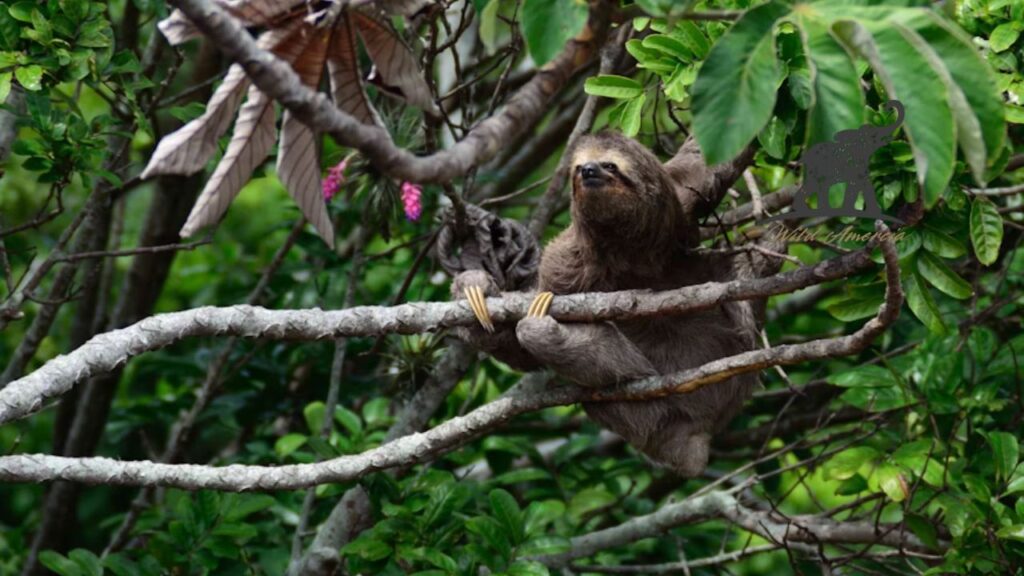
The Science of Cuteness
A cute sloth possesses many traits that humans are biologically wired to find endearing. These features, known as “baby schema,” include large, forward-facing eyes, a round face, and a small nose. This combination triggers a caregiving response in our brains. This isn’t just a coincidence. These features are wonderfully adapted for their life in the trees. Their large eyes help them see in the dim light of the rainforest canopy, while their famously serene smile is simply the natural shape of their face. When you see a cute sloth “smiling,” you’re seeing a masterpiece of evolution.
The Slow-Mo Lifestyle
Another reason we adore the cute sloth is its incredibly slow pace. They are the world’s slowest mammals, a trait that stems from their extremely low metabolic rate. They conserve energy by moving deliberately, spending up to 20 hours a day resting. This relaxed approach to life is something many of us find aspirational. In a world that often feels too fast, the peaceful existence of a cute sloth is a powerful symbol of tranquility. Every leisurely stretch and slow blink is a lesson in mindfulness.
The Two Types of Sloths
While every sloth is a cute sloth, they aren’t all the same. The six species of sloths are divided into two families: two-toed and three-toed.

Two-Toed Sloths
Two-toed sloths are slightly larger and a bit more active than their cousins, especially at night. They have a more varied diet, occasionally eating fruit, insects, and even small reptiles. Their longer fur and prominent snouts give them a look that many find utterly charming. A two-toed cute sloth is often the more adventurous of the two.
Three-Toed Sloths
The three-toed sloth is the icon. With its distinct facial markings that create a permanent “smiling” expression, this animal defines what many people picture when they think of a cute sloth. They are pickier eaters, sticking almost exclusively to leaves, and are known for being even more methodical in their movements. Their unique neck structure allows them to turn their heads almost 270 degrees, a truly amazing adaptation.
Sloths in Pop Culture
The cute sloth has become a cultural phenomenon. From animated movies to viral videos, these creatures have firmly established themselves in the spotlight.
Famous Sloths We Love
Perhaps the most famous sloth is Flash from Disney’s Zootopia. His hilariously slow performance at the DMV made him an instant fan favorite. He proved that a cute sloth could be a comedic superstar. Beyond the big screen, social media has introduced us to countless sloth ambassadors from sanctuaries around the world. These animals have garnered millions of followers, using their star power to raise awareness about conservation efforts. The success of a famous cute sloth often translates into real-world help for their species.
The Importance of Sloth Conservation
Behind every cute sloth photo is a fragile existence. Deforestation is the biggest threat to all sloth species. As their rainforest homes shrink, so do their populations.Supporting reputable conservation organizations is the most effective way to help. These groups work to protect habitats, rescue injured sloths, and educate the public. By donating or simply spreading awareness, you can help ensure that the cute sloth continues to thrive for generations to come. Every action, no matter how small, makes a difference. Protecting a cute sloth means protecting an entire ecosystem.
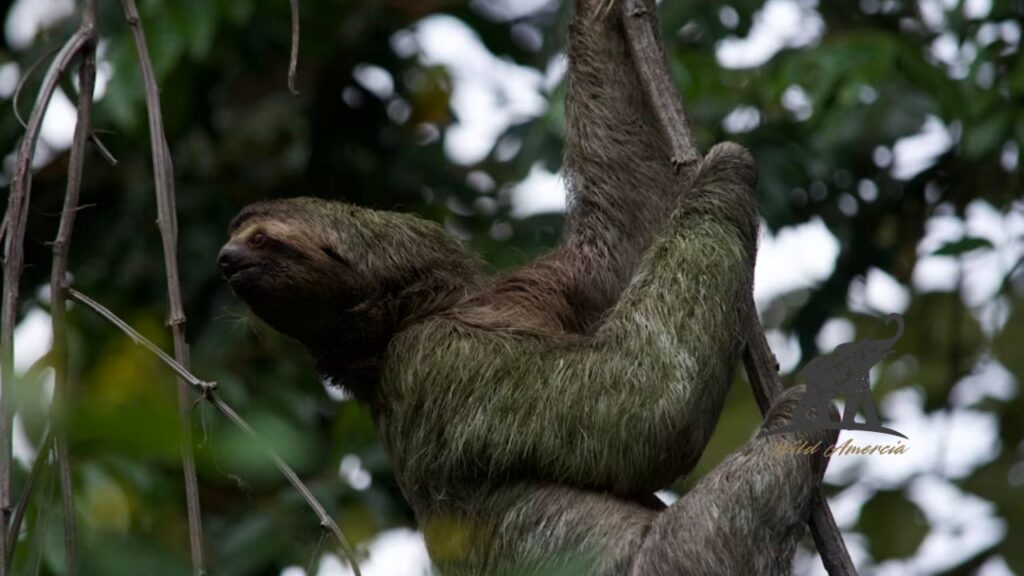
Frequently Asked Questions
Are sloths really always smiling?
That perpetual smile you see on a cute sloth, especially the three-toed variety, is due to the natural pigmentation and structure of their facial muscles. While it looks like they’re always happy, it’s just their resting face!
Can I have a cute sloth as a pet?
No, sloths should not be kept as pets. They are wild animals with very specific dietary, environmental, and social needs that cannot be met in a domestic setting. The pet trade is extremely harmful to them. The best way to love a cute sloth is to support its conservation in the wild.
Why do sloths move so slowly?
Their slowness is a survival strategy. Their diet of leaves provides very little energy, so they have an incredibly low metabolic rate to conserve power. This slow movement also helps them avoid being spotted by predators like jaguars and eagles.
Is it true that moss grows on a cute sloth?
Yes, it’s true! Their fur has special grooves that trap moisture, creating a perfect environment for algae and fungi to grow. This growth provides excellent camouflage, helping the cute sloth blend in with the green canopy of the rainforest. It’s a fantastic example of symbiosis.
How strong is a cute sloth?
Despite their relaxed demeanor, a cute sloth is incredibly strong. They have specialized tendons that allow them to hang from branches for hours without expending much energy. They are estimated to be about three times stronger than the average human, pound for pound.
Are sloths really always smiling?
That perpetual smile you see on a cute sloth, especially the three-toed variety, is due to the natural pigmentation and structure of their facial muscles. While it looks like they’re always happy, it’s just their resting face!
Admin Recommendation
Cottonmouth Snakes in North Carolina (NC): Key Facts
The Fascinating World of Arctic Fox Fur
Experience the Majesty of Elk and Bison Prairie, KY
Cottonmouth Snakes in North Carolina (NC): Key Facts
Bald Eagle Spiritual Meaning: A Guide to Symbolism and Significance
The Appealing Charm of Ragdoll Kittens
Where to Find Arctic Fox Fur in AC Valhalla
The Barbados Threadsnake: Unveiling the World’s Smallest Snake
American Eskimo Dog: A Comprehensive Guide to This Charming Breed
Discovering Acadia National Park Wildlife
Spotted Salamanders: Nature’s Hidden Gems
Baby American Crocodile: Fascinating Facts About The Next Generation
The Fascinating World of the Albino Wild Turkey
American Bulldog puppies: Full of life, loveable and loyal
Baffin Polar Bear: A Journey into the Arctic’s White Majesty
NC Copperhead Snake: A Comprehensive Guide
Mojave Desert Rattlesnake—A Deadly Beauty of the Southwest
Mourning Dove Lifespan, Care, and Diet Guide
Arroyo Toad: A Guide to This Endangered Amphibian
Northern Leopard Frog: A Fascinating Amphibian
House Sparrow Fledglings:All You Need to Know
The Fascinating World of the Cave Salamander
Eastern Bluebird Spiritual Meaning: A Symbol of Hope and Happiness
When Goldfinches Transform: The Complete Guide to Goldfinch Molting
Hummingbirds Nest: Nature’s Tiny Masterpiece
The Complete Guide to Blue Jay Bird Eggs: Nature’s Stunning Sky-Blue Treasures
Discover the Amazing World of Northern Cardinal Eggs: A Complete Guide
Meet the Rare Albino Kangaroo: Nature’s Most Stunning White Wonder



